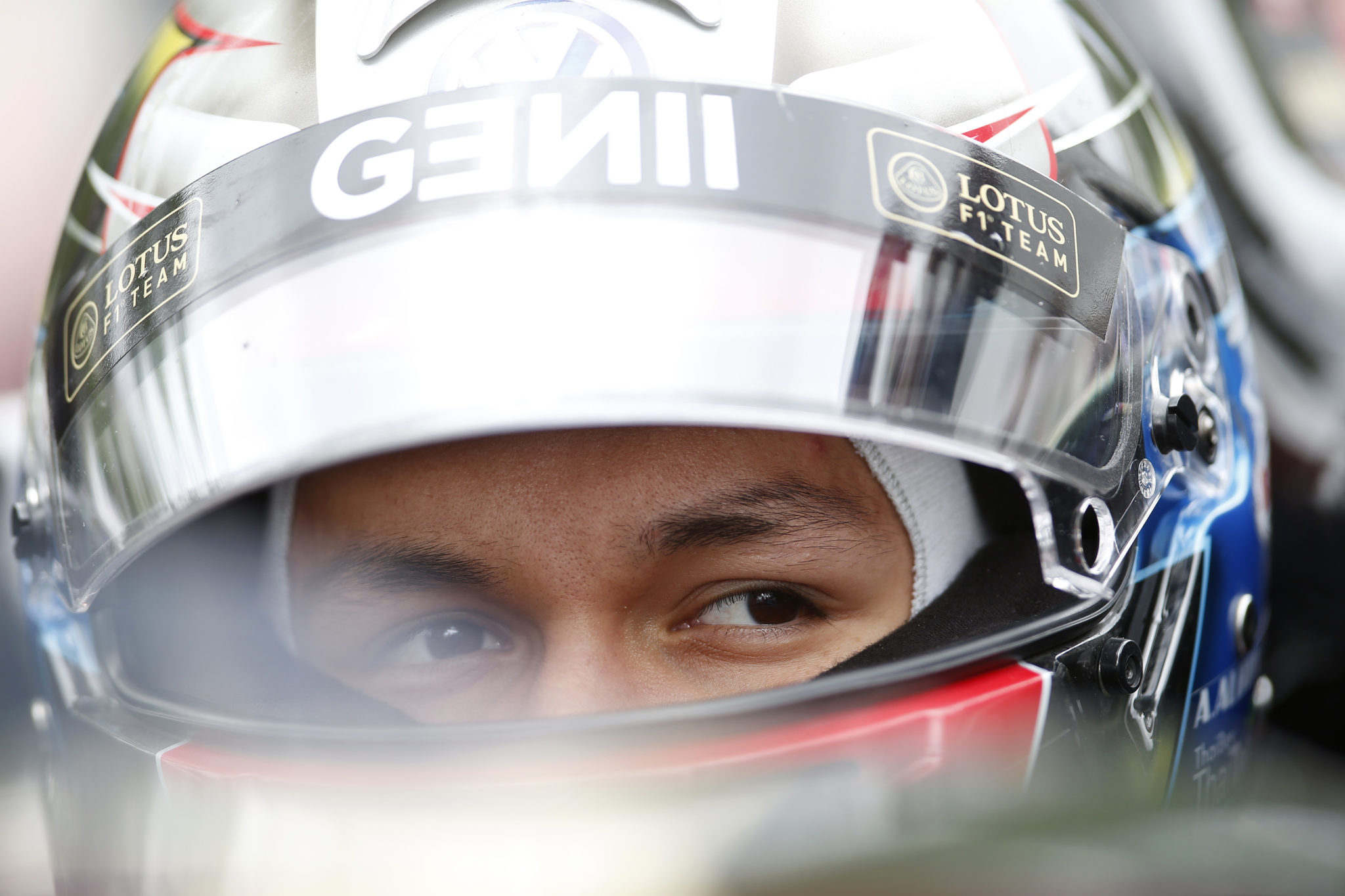In this second part of our exclusive interview with Toro Rosso’s newcomer (click here to read the first chapter), we keep walking down memory lane and explore with the young Anglo-Thai driver why his rise through racing series since the days of karting has been paved with many challenges.
No “walk in the park”
2010 marked a change in Albon’s career when Red Bull Motorsport took him under its wings through its Thai division. “I was 13 years old, which was very young at the time to enter such a program,” Alexander says. “They were following me well, checking on my results. 2010 was a year when I had to deliver and they followed me quite closely, even more so the year after when I switched to KF1 before being integrated into the Junior Team for 2012. What’s important to remember is that I was at a stage in my life when I was able to stand up a little, thanks also to my double-nationality. I realize today how lucky I am to be part-Thai because of the interest that it created. There’s no denying that I would not be racing up to this day if it wasn’t for that too.”
One wonders what it must have been like to become a Red Bull-backed driver at such a young age. But from his own perspective, it was more about having an extra logo on his racing suit, although it came with an increased need to perform. “They [Red Bull, ed.] gave me that opportunity to deliver but still by letting me free and learn from my mistakes,” he recalls. “It comes as no secret that it is a harsh world and they put you in a position where they know you’ll be naturally under pressure. One of their aims is to see how the driver is able to react in those conditions. It’s very character building, especially in karting when you have your family around but you still have to focus on your performance. And when you don’t deliver it, Red Bull calls you and ask why, so that’s something you have to deal with.”
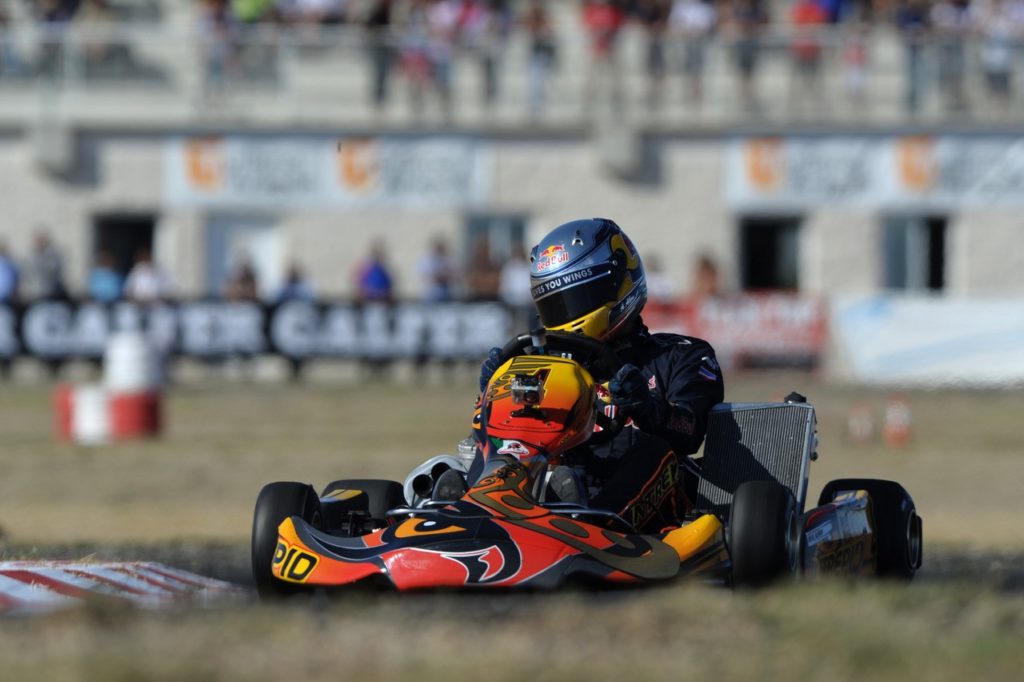
Then came the year 2012 and another turning point. After driving go-karts since the age of seven (not counting a rather unpleasant first experience, to read in the first part of this interview), it was time for Albon to make the long-awaited move to cars. And the opportunity presented itself thanks to the trust of Red Bull that decided, in light of their protege’s title-winning performances in KF3 and KF1 classes, to promote him to Formula Renault with Epic Racing. An important step for any learning-driver but that wasn’t without its fair share of challenges. “The first experience was tricky,” says Albon. “First thing I had to build on was the confidence. Once you’re there, you’re starting from ground zero again, it’s not like in karting. Then, it was about knowing where to be quick on a track. I spent pretty much the whole year [in 2012, ed.] at the back of the field and, even though I had some good qualifying, I didn’t have a proper teammate, so I didn’t know where I was quick or not. It was only after my first season that I really got my speed and brought better results.”
Looking back, the adjustment period might have been shorter for the young Thai with more on-track testing, something he lacked prior to his entry in single-seater. “All in all, I did five days of testing,” he explains. “Today, there are still drivers who don’t have access to much practice but, at the time, it wasn’t seen as strange. You have to remember that Formula Renault was a bigger step than F4 at the moment. It’s interesting to witness the evolution of the mentalities in the sport and see how young drivers are coming to single-seater series nowadays,” he adds. “Looking at F4, for instance, which has become very strong over the years with drivers spending pretty much their last year in karting doing testing to arrive in the series. Back in 2012, there was nothing like that.”
A situation that led to the uncomfortable position of having to discover every aspect of his new job once the racing got underway. “Drivers have different learning speeds. Some will get comfortable very fast behind the wheel, others will take more time. I was more of the second category, as a good example of a driver who struggled during his first two seasons. But, then, my speed quickly improved between my second and third year and, from that point on, I was at a level where I could fight for front positions.”
“It was my toughest year in Motorsport but, at the same time, my biggest-learning season. It made me strong as a person, that’s for sure,” he affirms.
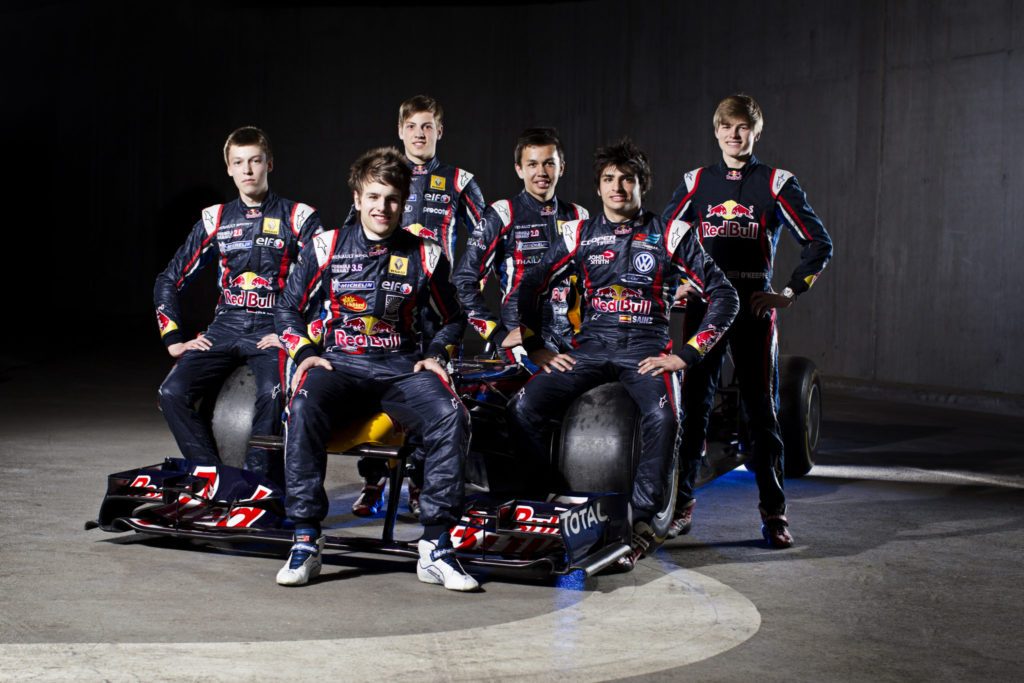
Up to speed
A big part of what makes a driver fast is his ability to understand how a car behaves on track. In the days of karting, Albon recalls himself as a fast-learner when it came to interpreting data-related information with his mechanics. But can that early background be easily used in other series, where technical feedbacks from drivers get more and more specific?
“Yes, the learning you have in karting gets carried on a lot,” Albon says. “Like for this year [2018, ed.], we all had a new F2 car and the first challenge was to learn about it and your teammate is always a good comparison point. In karting, you get more help from your mechanics and the Team Manager, for instance, who’s able to see what the kart needs by analyzing the data. That kind of goes away in single-seaters where the data can get a little confusing at times. That’s why you have different engineers taking care of the different aspects of the car.”
“But in terms of pure feedback, the very simple things like the difference between oversteer and understeer only translate to cars”, he continues. “In karting, you do enough years to know what you need to improve your pace. Once you’re in a single-seater, some of the set-ups you knew might still serve you but you’re not always entirely sure if it’s the right direction. So it took a bit of time to figure out those new tricks and, even to this day, every time you jump into a new car, you ask yourself the same questions.”
One of the biggest challenges a driver faces while climbing the ladder, whether it’s in single-seaters of in other forms of motor racing, is tire management. If it wasn’t not much of a big deal in karting and in the early series that followed, it became quite different once entering higher levels. “For me, it was completely new once I got to run with Pirelli tires,” Albon admits. “Before GP3, I never had to manage my tires. But when we came to Pirellis, it was a completely different game. But, as for the global understanding of the car, you have drivers who quickly learn how to be fast with those tires, others who struggle more. It’s really about adjusting yourself to extract the performance out of the car and the tire. Driving-wise, the F2 drivers have to adapt very much to keep the degradation of the tires to a certain level. And the behavior of the car sometimes gets very unclear because we’re so busy changing others things or just driving.”
At the end of 2012, Red Bull and Albon’s alliance came to an end due to a lack of results in what had been a difficult introduction to single-seater racing. The driver, aged 16, was then picked up by the Gravity Junior Program linked to the Lotus F1 Team (former Renault). A new bond that, unfortunately, would only last for the 2013 season but nevertheless allowed him to join the KTR formation with a good 3rd place in 2014 before moving up to European F3 for a solo season with Signature (7th overall). If wins didn’t always reward his efforts, Albon kept gritting his teeth and, with no more support from a Junior Program, made his way up to GP3 Series in 2016 with ART, alongside another promising driver named Charles Leclerc. The two were no strangers to each other as they already ran together under the Intrepid colors in karting.
Despite finishing runner-up to the Frenchman that year, the jump to the former GP2 for 2017 with the same outfit saw Albon end up only 10th with two podiums. A difficult time that resulted in a drop of confidence from the team. “After the bad results of 2017, I knew there was something wrong. I wasn’t sure of what but I could feel it,” he says. “I stayed with my opinion and didn’t let the team tell me I was in the wrong when they were in the right.”
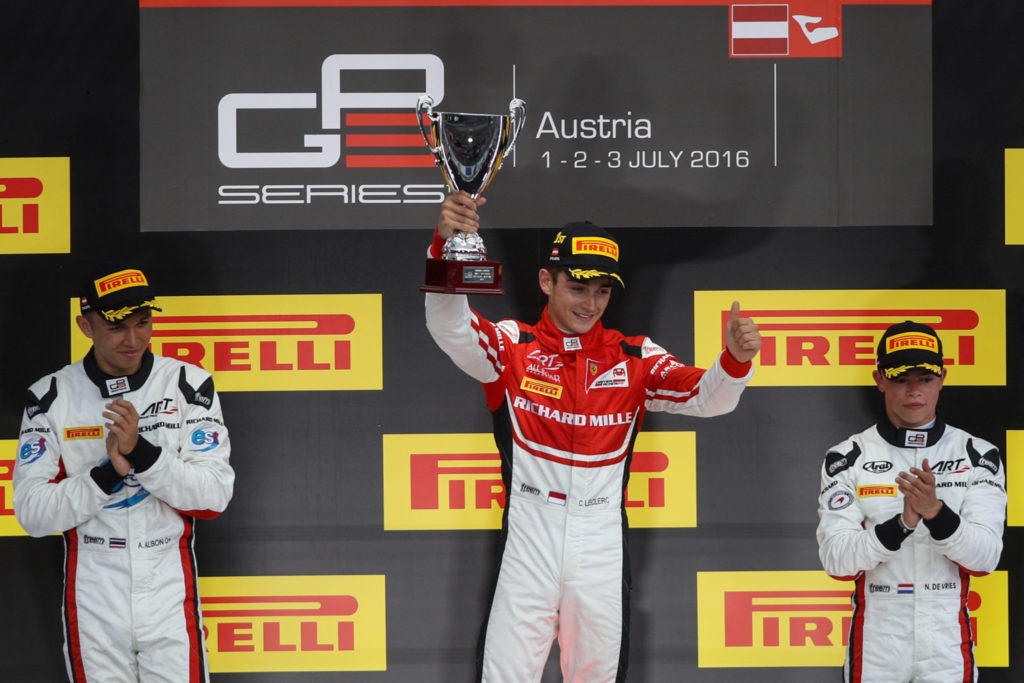
A change was, once again, needed. Otherwise, his chances of pursuing in F2 would not stay alive long. “There was 95% chance I would not race in 2018 until an arrangement was found with DAMS and it really paid off,” he remembers. “I went to the tests, kept pushing and was the fastest on track in one of the two days. Still, I was unsure of just a few days before the first race of the championship. And it was like that for the first three weekends and even until June. It was a race-by-race situation.”
Early difficulties that didn’t weaken his hunger to show what he’s made of. “As a person, I remained very
“It’s strange because I feel like I had more pace at the beginning of the year,” he explains. “Looking at my qualifying results, for example, I was really, really strong. It took me until the Red Bull Ring round to drop outside the top 3, always within reach for pole position in the first six rounds. And I was always the quickest driver over one lap by some margin. But, at first, I couldn’t translate this pace into the results I would have hoped for. In the second half of the season, things went a bit upside down. We had more pace initially but then it dropped a little to become stronger heading for the last rounds of the championship. But, at the same time, our qualifying pace was dropping a bit, so we had to work to find some middle ground to be good on both sides.”
One of the troubles Albon and other drivers in the field suffered from last season came with the introduction of the new F2 car. Due to a very sensible, and sometimes not well-responding, clutch system, the DAMS driver lost lots of positions in the early stages of the races. “In the first part of the championship, we had those problems at the start, not only me but several drivers including Lando [Norris, ed.], due to this new car and the clutch. Over the six first races, I must have lost about 45 places at the start because of that.” The worst was reached at the last round in Abu Dhabi where he wasn’t able to fight after being stuck on the grid of the first race to only finish 14th. “This season in F2, every driver will tell his own version but, if it was not for some issues, I could have had better results like in Monaco when I crashed with De Vries. I did a mistake and it cost me the win. Everyone has their stories but that’s how it is.”
Still, Albon has been able to prove his value before the eyes of F1. Thanks to a string of podiums (eight) and four wins, he even reached at some point the second place in the standings, not far from George Russell, before that last round in Abu Dhabi dropped him back to third behind Norris. His best season in single-seater to date and, even more satisfying, at a time when not many people expected him to shine that bright. “It’s true that, for most of the season, it has been about Lando [Norris, ed.] fighting against George [Russell, ed.] but I was always behind or in between them for much of the year. Obviously, I think that it’s just the way the British media portrayed their battle. Don’t get me wrong, the two are very-talented drivers but it was nice for me to be up there too. I’ve raced against George in the past, Lando not so much. But I knew, going through the year, that we would be ok and that I had enough confidence in myself.”
“As a person, I wasn’t the most-confident one but the more years I’ve done in motorsport, the more I started believing in my skills. Especially after that test in Abu Dhabi last year [2017, ed.] with DAMS. In that context, you got to be confident to deliver the performance. If not, you start asking yourself questions. And it’s always the same philosophy coming into the year as well. I knew I was going to be able to do this and that’s what I did, no matter how the media or people portrayed it.”, he concludes.
15 years after his first taste of driving behind the wheel of a go-kart, Alexander Albon will enter Formula 1 in 2019 under the colors of Scuderia Toro Rosso. He is only the second driver from Thailand to achieve such a level in motorsport, 65 years after the legendary Prince Bira took part in the 1954 F1 season driving a Maserati 250F.
If, so far, the climb has been hard with numerous difficulties along the way, the first base camp has finally been reached for Alex Albon. It’s now time to put down the visor again and head for the top of the mountain!
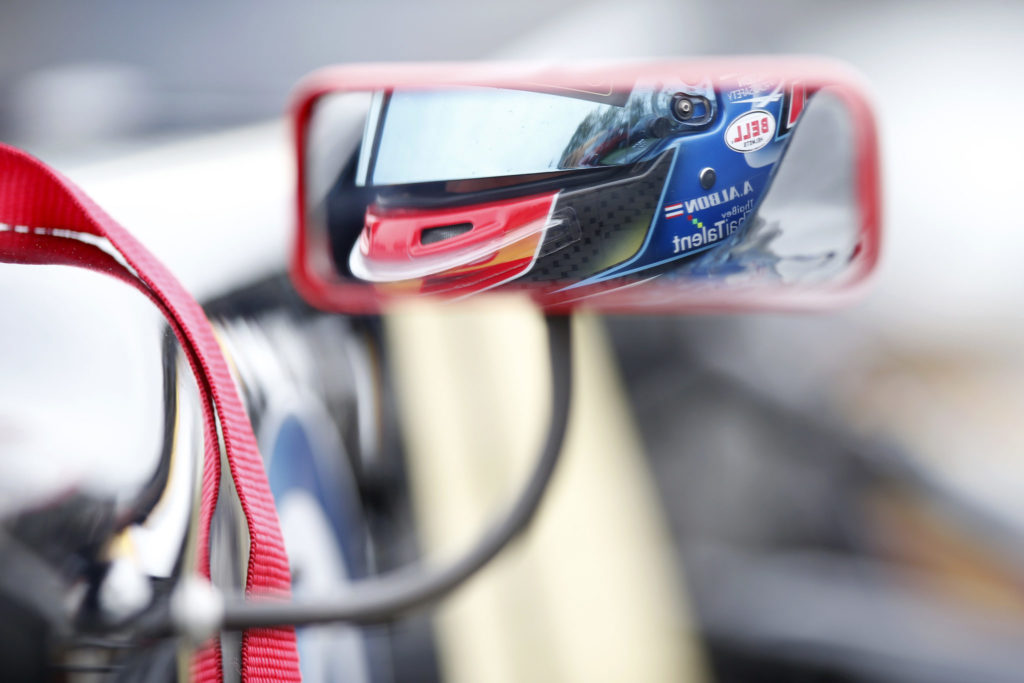
- Interview and text: Guillaume Alvarez
- Photos: KSP, Thomas Suer / FIA F3, Red Bull Archives, NED / ART GP




